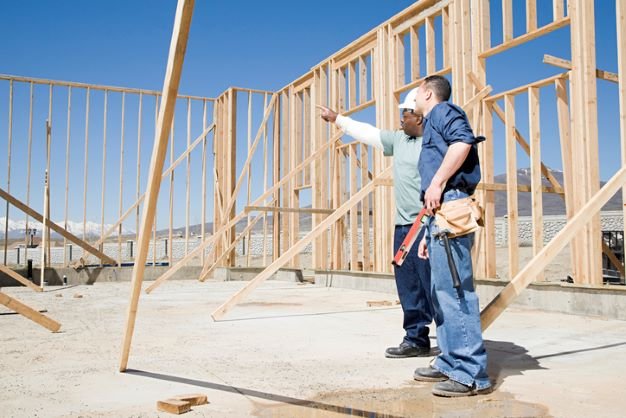
Mortgage Assistance On The Rise

Family to the rescue in today's housing market hurdles.
In the face of soaring housing costs and homeownership dreams drifting away for many, a significant number of prospective buyers are turning to their families and friends for assistance. A recent survey from LendingTree found that nearly 2 in 5 homeowners, or 39%, have received down payment aid.
The pressure of the current housing market, characterized by a historic shortage of affordable homes and prohibitive costs, has seen a noticeable increase in homeowners seeking down payment assistance. A leading source is parents, who constitute the primary provider of such financial support. In an eye-opening revelation, 78% of Gen Z homeowners reported receiving financial backing for down payments, primarily from their parents. Millennials followed at 54%, then Gen Xers at 33%.
At the same time, a persistent myth exists that a 20% down payment is mandatory when buying a home. This belief is particularly prevalent among younger Americans. However, the reality is different: 59% of homeowners stated their down payments were less than 20% of their home's purchase price.
A striking 10% of Americans have never held a mortgage, while 15% once had one but have since paid it off. Baby boomers lead the pack in this regard, with 29% having cleared their mortgages. On the flip side, some homeowners admit to lacking knowledge about the mortgage process, with 11% confessing their ignorance, a percentage that rises to 28% among Gen Z homeowners.
“Would-be buyers who think that they need 20% for a down payment could make the mortgage process harder and more time-consuming than it needs to be, especially if they’re breaking their backs to get to the 20% number,” Jacob Channel, a LendingTree senior economist, said. “In that same vein, those who burn through all their savings just to make a 20% down payment could leave themselves with too little extra cash for homebuying fees like closing costs or emergencies.”
Channel advises potential homebuyers that a 20% down payment is only sometimes essential. He recommends maximizing the down payment amount as it can lead to lower rates, better chances of approval, and overall savings in the long run. He also stresses the importance of a well-rounded financial approach, balancing down payment savings with other financial priorities.
While a large down payment isn’t necessary, bigger down payments are often helpful. “Generally speaking, the more money you can put down, the lower the rate you’ll be offered, the higher your odds of approval will be and the cheaper your loan will be in the long run,” Channel added.




